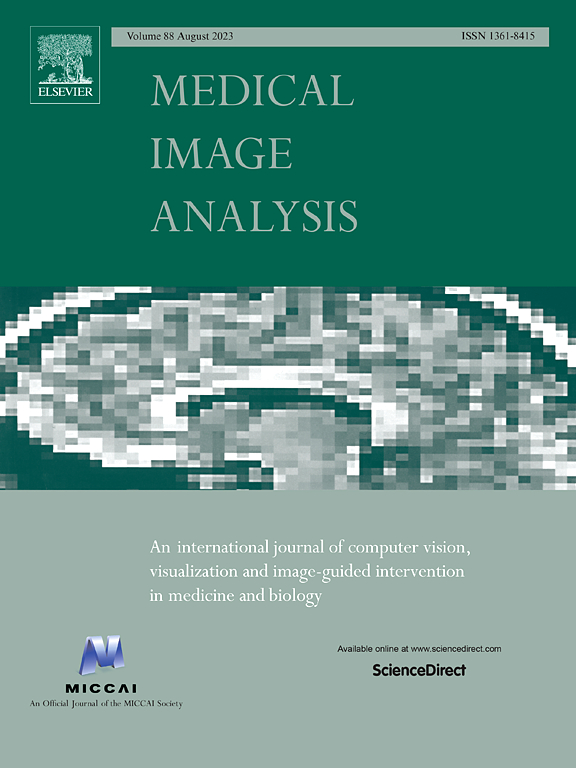Dynamic spectrum-driven hierarchical learning network for polyp segmentation
IF 10.7
1区 医学
Q1 COMPUTER SCIENCE, ARTIFICIAL INTELLIGENCE
引用次数: 0
Abstract
Accurate automatic polyp segmentation in colonoscopy is crucial for the prompt prevention of colorectal cancer. However, the heterogeneous nature of polyps and differences in lighting and visibility conditions present significant challenges in achieving reliable and consistent segmentation across different cases. Therefore, this study proposes a novel dynamic spectrum-driven hierarchical learning model (DSHNet), the first to specifically leverage image frequency domain information to explore region-level salience differences among and within polyps for precise segmentation. A novel spectral decoupler is advanced to separate low-frequency and high-frequency components, leveraging their distinct characteristics to guide the model in learning valuable frequency features without bias through automatic masking. The low-frequency driven region-level saliency modeling then generates dynamic convolution kernels with individual frequency-aware features, which regulate region-level saliency modeling together with the supervision of the hierarchy of labels, thus enabling adaptation to polyp heterogeneous and illumination variation simultaneously. Meanwhile, the high-frequency attention module is designed to preserve the detailed information at the skip connections, which complements the focus on spatial features at various stages. Experimental results demonstrate that the proposed method outperforms other state-of-the-art polyp segmentation techniques, achieving robust and superior results on five diverse datasets. Codes are available at https://github.com/gardnerzhou/DSHNet.
求助全文
约1分钟内获得全文
求助全文
来源期刊

Medical image analysis
工程技术-工程:生物医学
CiteScore
22.10
自引率
6.40%
发文量
309
审稿时长
6.6 months
期刊介绍:
Medical Image Analysis serves as a platform for sharing new research findings in the realm of medical and biological image analysis, with a focus on applications of computer vision, virtual reality, and robotics to biomedical imaging challenges. The journal prioritizes the publication of high-quality, original papers contributing to the fundamental science of processing, analyzing, and utilizing medical and biological images. It welcomes approaches utilizing biomedical image datasets across all spatial scales, from molecular/cellular imaging to tissue/organ imaging.
 求助内容:
求助内容: 应助结果提醒方式:
应助结果提醒方式:


